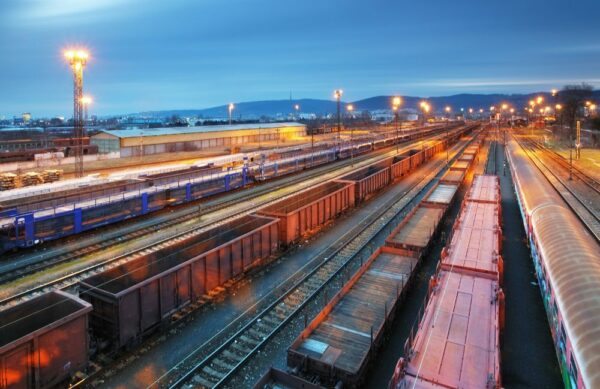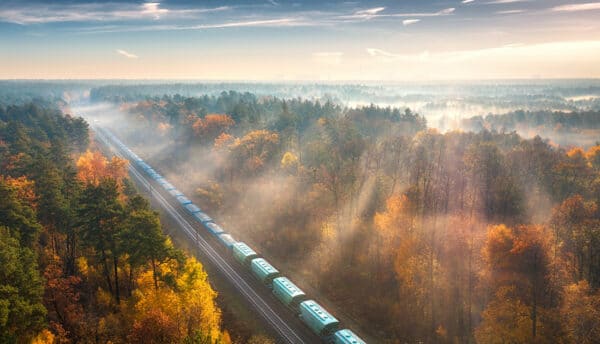Railroad Operations
Manage high risk thresholds for operational efficiency. Ensure trains are running on time, optimize staffing needs and maintain the highest standard of safety for all employees and passengers.
The average cost of a derailment is $10,000,000
Station #1
Station #2
Insight In this Dashboard
severity - 4 extreme
Check Tracks: Rain Accumulation
Heavy rain has accumulated on tracks. Check conditions and ensure proper drainage.
severity - 4 extreme
Stop Trains: Lightning & Thunder Risk
Reroute, check for track damage, ensure employee safety at stations. Monitor lightning activity, motion, directionality and speed 15 and 30 minutes into the future, based on distance from location.
severity - 4 extreme
Monitor Tracks: Major Flood Risk
Rail inspection needed, check for track damage, stop train or reroute and monitor flooding. Major river and/or flash flooding possible. Major disruptions to transportation, along with significant impacts to homes/businesses.
severity - 3 sever
Expect Delays: Low Visibility
Reduce speed, plan for delays and send updated communications.
severity - 4 extreme
Monitor Tracks: Moderate Flood Risk
Rail inspection needed. Moderate flash flooding possible. Rivers experiencing flooding conditions with minor impacts to homes and businesses.
severity - 3 sever
Prep Teams for Hail Protocol: Hail Risk
Reduce speed, staff for snow removal, tracks blocked, low visibility, brief employees for general weather safety operations (frost bite, hypothermia, slipping on ice, etc).
severity - 4 extreme
Reduce Train Speed: Severe Heat
Reduce train speeds by 10 MPH. Do not reduce lower than 30 MPH to avoid track pressure that can lead to warping.
severity - 4 extreme
Clear Tracks: Snow Accumulation
Snow removal needed. The buildup of snow and ice on the tracks can result in broken rails due to extreme cold.
severity - 3 sever
Reduce Train Speed: Wet Tracks
Slow trains to avoid risk for flooded tracks and low visibility due to heavy rain.
severity - 2 moderate
Monitor Train Speed: Rain
Monitor any increase in rain intensity or worsening track conditions.
severity - 4 extreme
Consider reroute: Fire threat
Monitor real-time fire movement very closely, stop train or re-route if needed. Communicate with local emergency authorities. Prep teams for track damage and air quality.

